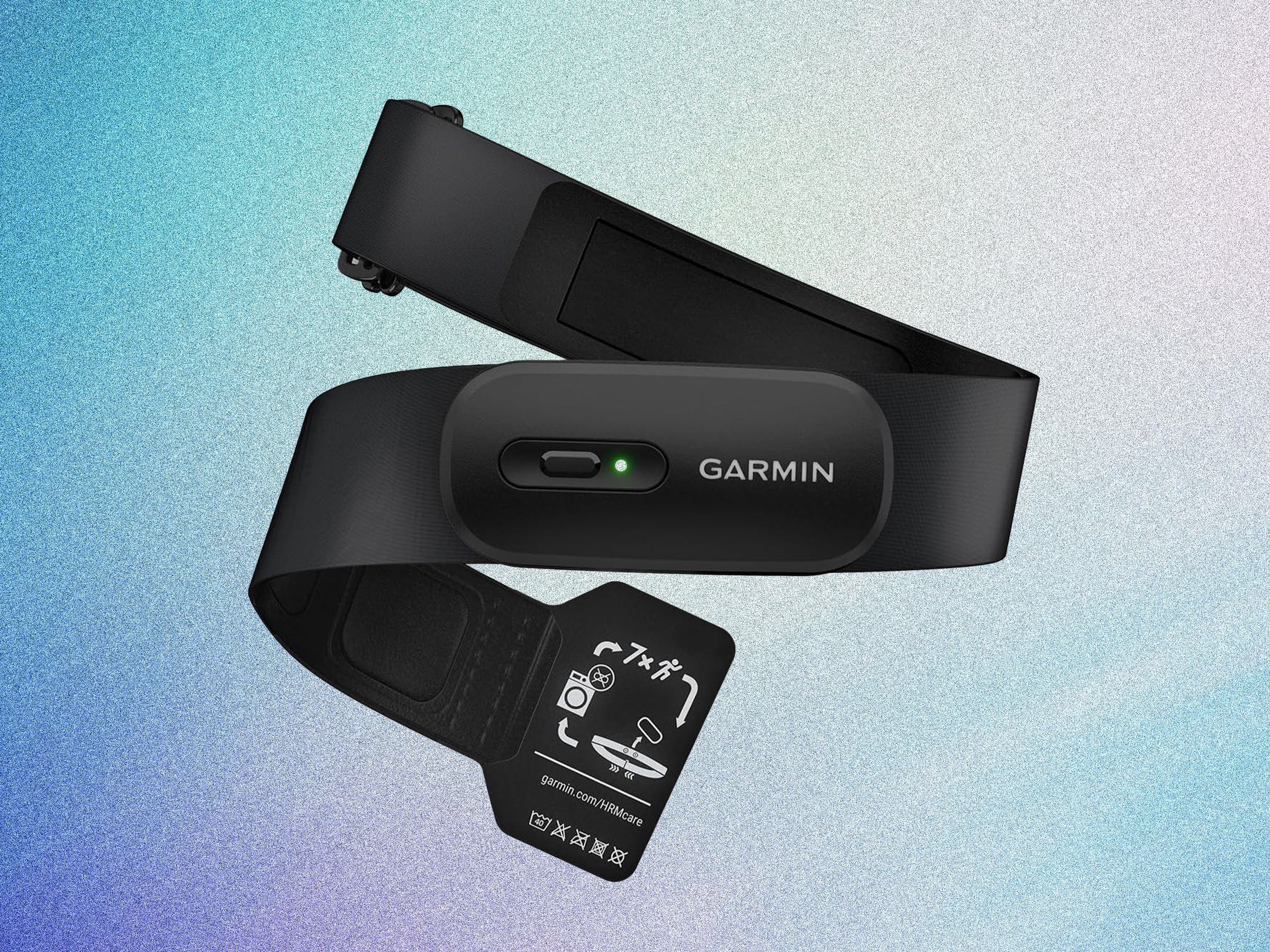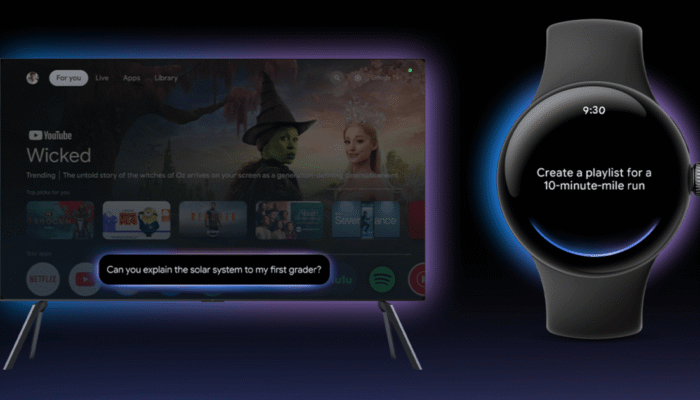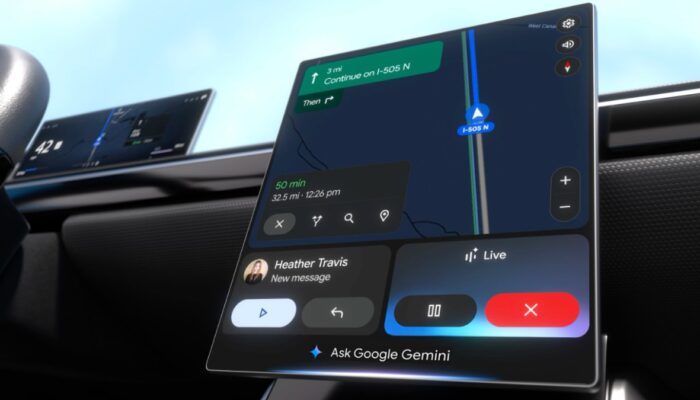Getting your pulse taken once a year at the doctor’s is a thing of the past. Nowadays, the best heart rate monitors are cheap, comfortable, and ubiquitous. You don’t have to spend a lot of money, or even leave your home, to check your heart rate during exercise or at rest. Even the cheapest fitness tracker boasts a heart rate monitor these days, and sensors are popping up all over the place, with smartwatches, chest straps, arm straps, and even headphones squeezing in a HR monitor. But not all are built equally. Some are more or less comfortable to wear, they vary in the metrics they offer, and some are more accurate than others.
Whether you’ve been prompted to keep closer tabs on your ticker due to health concerns, or need a better sense of how hard you’re really pedaling in your Peloton-powered pain cave, these are the heart rate monitors that deliver where it matters. And be sure to check out our related sport and fitness guides, like the Best Fitbits, Best Fitness Trackers and Watches, Best Running Gear, and the Best Wireless Earbuds for Working Out.
Updated May 2025: We added the Apple Watch Series 10, Garmin HRM-200, the Polar H9, the Oura Ring 4, and the new Beats Powerbeats Pro 2. We also updated links and prices.
We tested and recommend all of the heart rate monitors below, which do a pretty impeccable job. But what does this data mean?
Heart rate zones: If someone tells you they’ve been doing 80/20 training, they’ve been doing heart rate zone-based workouts. Heart rate zones are an easy way to break down your range of effort during exercise. Zones go from 1 to 5, with 5 indicating working at 90 to 100 percent of your maximum heart rate. Zone 2 represents training at 60 to 70 percent of maximum heart rate and represents light training. 80/20 training is intended to build endurance and means that 80 percent of your runs should be in Zone 2. If your heart rate monitor doesn’t tell you your zone, you can calculate it using Polar’s simple tool.
Maximum heart rate: Some monitors can inform you of your maximum heart rate, which is the number of beats your heart can reach during exercise. This is useful for knowing when you’re training at peak intensity and can be used to create heart rate zones. Factors like your age and fitness level can influence what that maximum heart rate will be. You can generate an estimate of your maximum heart rate by simply subtracting your age from 220 and use that at a starting point.
VO2 max: The term VO2 max stands for maximum rate of oxygen your body can consume during exercise; the higher the better. It provides a useful indicator of your ability to sustain intense effort for long periods. Calculating this accurately is done in lab conditions, so heart rate monitors and watches often use their own algorithms to approximate that lab testing.
Heart rate variability: Heart rate variability measures the intervals between heart beats and is measured in milliseconds. High HRV readings are considered better than lower ones, because it means that the body is responding in a resilient way to stress. However, your HRV readings can differ widely from one person to another because they can be influenced by age, fitness level, or even when the measurement was taken.
Resting heart rate: This is the number of times your heart beats in one minute when at rest, which is a simple indicator of your current level of cardiovascular fitness and general well-being. Typically, your heart rate is supposed to sit anywhere from 60 to 100 bpm at rest. A low resting heart rate is associated with athletes, because the heart has been trained to be more efficient. But an uncharacteristically low or high RHR could mean that something is not quite right.
Calories burned: A heart rate monitor looks at your effort based on your heart rate and uses the company’s own algorithms to offer an indicator of how many calories you’ve burned during a workout. Heart rate is one of the strongest, if not the strongest indicators of effort, which means a heart rate monitor is one of the most accurate ways to get this information.
How to Wear a Heart Rate Monitor
Based on those factors above, what kind of information do you need to see? Figuring this out will help you get a heart rate monitor that not only delivers wearability, accuracy, and value, but ensures that you strap it to the ideal part of your body.
Wearing one on the wrist, as part of a smartwatch, may be the most convenient way to track heart rate, though a strap—typically on the chest or, more recently, the upper arm or bicep—can generate more accurate data for activities like exercise.
If you want to track heart rate during sleep, make sure you opt for a form factor that isn’t going to feel bulky or become a nuisance for your sleeping companion. If you’re hoping to use it with other fitness equipment or a watch, look for the type of Bluetooth and ANT+ connectivity support to do that with single or multiple devices.
These heart rate monitors are predominantly designed to track your heart during exercise, so that’s how I focused our testing. I used them for a range of indoor and outdoor workouts, including runs, indoor bike rides, rowing, and HIIT-style sessions to see how the monitors fare when it has to track sudden spikes and drops in heart rate.
I also mixed up the duration of those workouts, going from 20 to 30 minute sessions to one hour or longer, to see how the battery performed, particularly for those with rechargeable battery setups. For those that offer a mix of exercise-based and continuous monitoring, I’ve used those monitors alongside other strong-performing HR trackers, to check the accuracy and compare medical-grade heart rate sensors to blood pressure monitors and pulse oximeters that also promise accurate on-the-spot readings.




